
Do you have a question about the Fujitsu LIFEBOOK T Series and is the answer not in the manual?
| Series | LIFEBOOK T Series |
|---|---|
| Category | Tablet |
| Processor | Intel Core i5 or i7 |
| Operating System | Windows |
| Memory | Up to 16 GB |
| Storage | Up to 512GB SSD |
| Ports | USB, HDMI, Audio jack |
| Connectivity | Wi-Fi, Bluetooth, optional 4G/LTE |
| Security | Fingerprint reader, TPM |
| Display | 12.5-inch Full HD (1920 x 1080) IPS touchscreen |
Regulatory compliance statement for the device, including FCC rules and conditions.
Explains the manual's structure, conventions, and overall purpose.
Provides support, service contact details, and warranty information.
Describes the tablet's physical parts, unpacking, and optional accessories.
Locates and explains buttons, ports, and status lights on the device.
Covers opening the display, using it as a tablet, and pen interaction.
Details keyboard keys and touchpad gestures for user interaction.
Explains special buttons for security features and application launching.
Explains how to adjust audio volume using various methods.
Details battery, AC adapter, and power-saving features for optimal usage.
Covers powering on, boot sequence, and BIOS setup procedures.
Information on battery maintenance, charging, and low battery states.
Instructions for upgrading memory and using PC cards.
Connecting the port replicator and using various device ports.
Steps to diagnose and fix common hardware and software issues.
Explanation of boot-time error codes and their meanings.
Procedures for system recovery, backup, and software reinstallation.
General maintenance for the device, keyboard, and batteries.
Guidance for caring for floppy disks, CD drives, and CDs.
Details on the configuration label and hardware specifications.
Operating conditions, safety standards, and compliance certifications.
Definitions for common technical terms used throughout the manual.
Introduction to wireless LAN, modes, and connection preparation.
Step-by-step guide to connecting to a wireless network.
Solutions for common wireless network problems.
Configuration options for power saving and channels.
Technical details of the wireless LAN device.
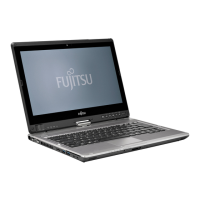

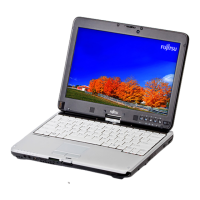
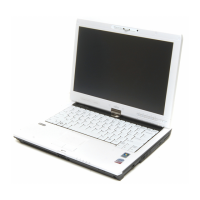

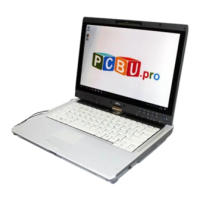


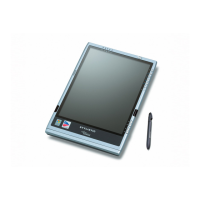
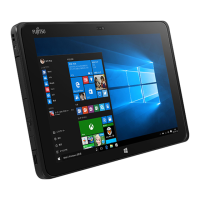
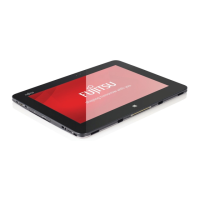
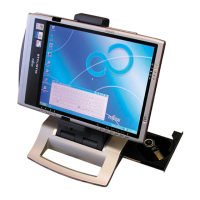
